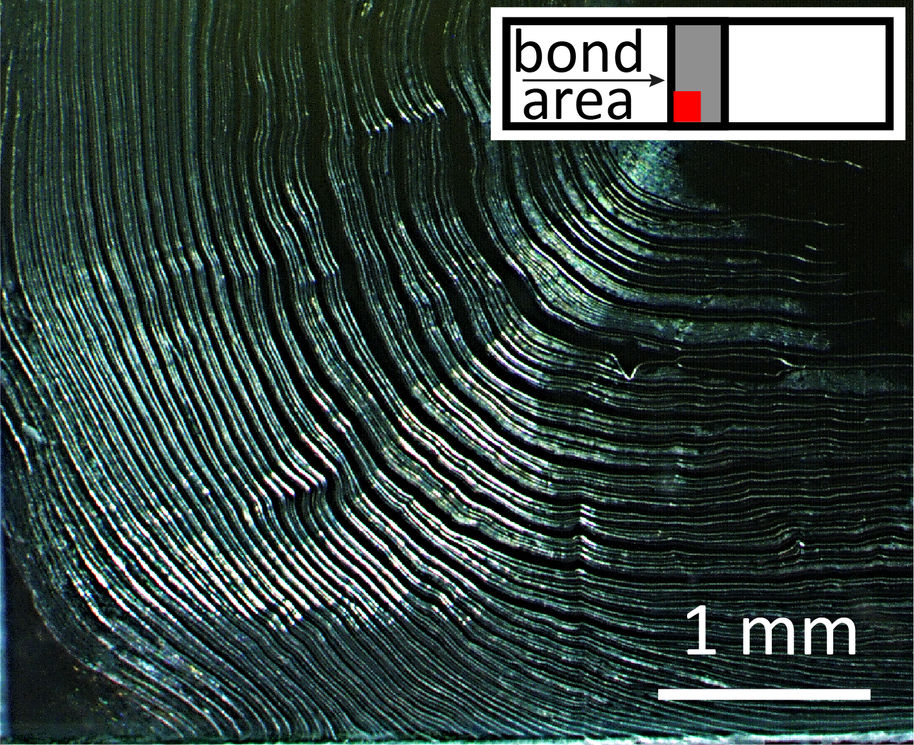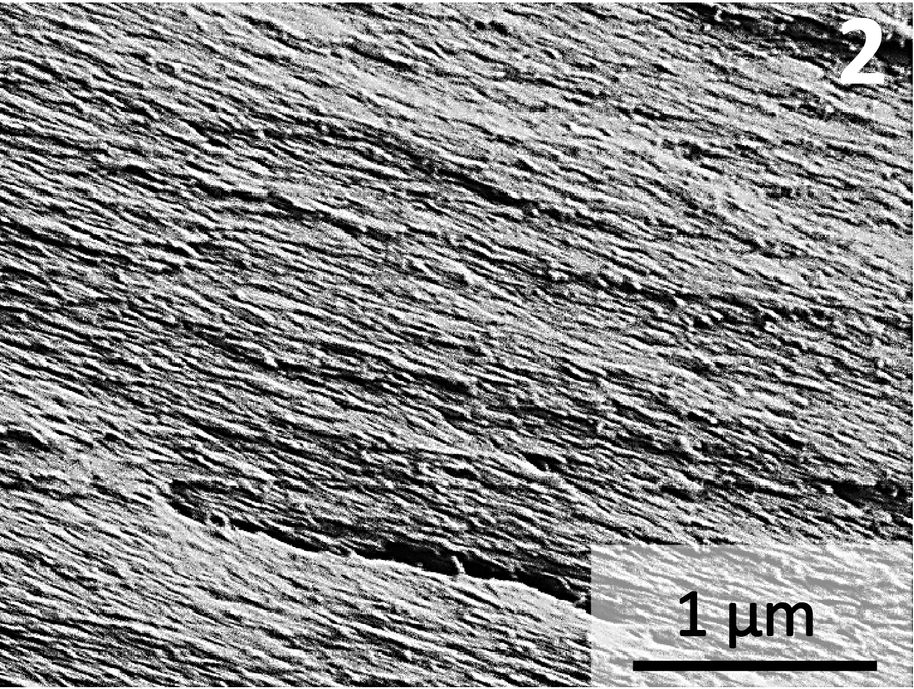Plant-based cellulose nanocrystals have remarkable inherent properties, and when combined with water, a powerful adhesive is formed that competes in strength with Superglue, without the need for toxic solvents.

In a study published in Advanced Materials, researchers at Aalto University, the University of Tokyo, Sichuan University, and the University of British Columbia have demonstrated that plant-derived cellulose nanocrystals (CNCs) can form an adhesive that fully integrates the concepts of sustainability, performance, and cost which are generally extremely challenging to achieve simultaneously.
Unlike Superglue, the new eco glue develops its full strength in a preferred direction, similar to ‘Peel and Stick’ adhesives. When trying to separate the glued components along the principal plane of the bond, the strength is more than 70 times higher when compared to the direction perpendicular to that plane. All of this means that just a few drops (less than 2 mg per 0.0001-meter square) of the ‘eco’ glue has enough strength to hold up to 90kg weight, but can still be easily removed by the touch of a finger, as needed. As Dr Blaise Tardy from the Aalto Department of Bioproducts and Biosystems puts it, ‘The ability to hold this amount of weight with just a few drops is huge, especially from a natural plant-based solution’.
These kind of properties are useful in protecting fragile components in machines that can undergo sudden physical shock such as high-value components in microelectronics, to increase the reusability of valuable structural and decorative elements, in new solutions for packaging applications, and – in general – for the development of greener adhesive solutions.

Producing a comparable product to a market leader at low cost and with new properties
Furthermore, compared to the current approach of making high-strength glues that can involve complex and expensive routes, the team has demonstrated that their solution is just taking biobased particles sources from plants (with a comparatively negligible cost) and just adding water. Since curing time is associated with evaporation of the water phase (~2 hours, currently), it can be controlled, for instance, with heat.
Aalto Professor Orlando Rojas says, ‘Reaching a deep understanding on how the cellulose nanoparticles, mixed with water, to form such an outstanding adhesive is a result of the work between myself, Dr Tardy, Luiz Greca, Professor Hirotaka Ejima, Dr Joseph J. Richardson and Professor Junling Guo and it highlights the fantastic collaboration and integration of knowledge towards the development of an extremely appealing, low-cost and safe application’.
Author
Mark Fletcher, Minna Hölttä
Source
Aalto University, press release, 2020-02-24.
Supplier
Aalto University
SiChuan University
University of British Columbia
University of Tokyo
Share
Renewable Carbon News – Daily Newsletter
Subscribe to our daily email newsletter – the world's leading newsletter on renewable materials and chemicals









